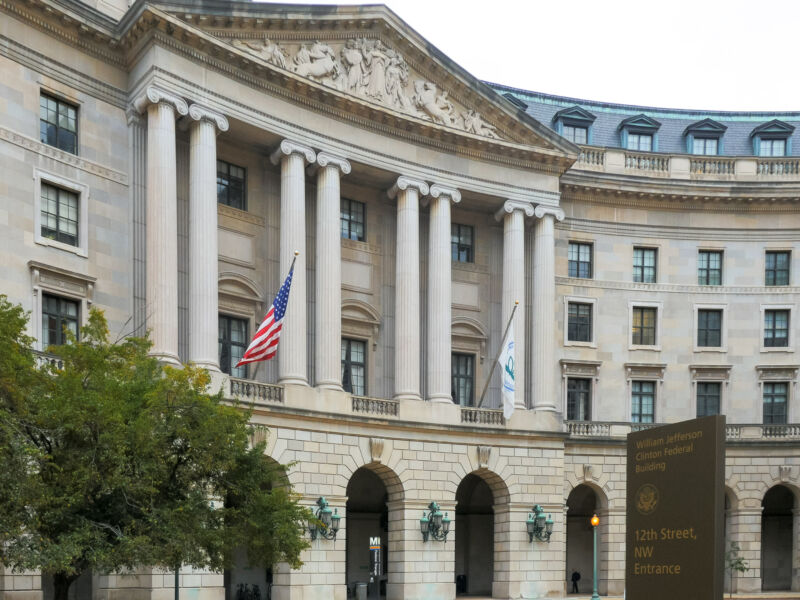-
 chevron_right
chevron_right
EPA’s PFAS rules: We’d prefer zero, but we’ll accept 4 parts per trillion
news.movim.eu / ArsTechnica · Wednesday, 10 April - 18:58 · 1 minute

Enlarge (credit: Layland Masuda )
Today, the Environmental Protection Agency announced that it has finalized rules for handling water supplies that are contaminated by a large family of chemicals collectively termed PFAS (perfluoroalkyl and polyfluoroalkyl substances). Commonly called "forever chemicals," these contaminants have been linked to a huge range of health issues, including cancers, heart disease, immune dysfunction, and developmental disorders.
The final rules keep one striking aspect of the initial proposal intact: a goal of completely eliminating exposure to two members of the PFAS family. The new rules require all drinking water suppliers to monitor for the chemicals' presence, and the EPA estimates that as many as 10 percent of them may need to take action to remove them. While that will be costly, the health benefits are expected to exceed those costs.
Going low
PFAS are a collection of hydrocarbons where some of the hydrogen atoms have been swapped out for fluorine. This swap retains the water-repellant behavior of hydrocarbons while making the molecules highly resistant to breaking down through natural processes—hence the forever chemicals moniker. They're widely used in water-resistant clothing and non-stick cooking equipment and have found uses in firefighting foam. Their widespread use and disposal has allowed them to get into water supplies in many locations.



